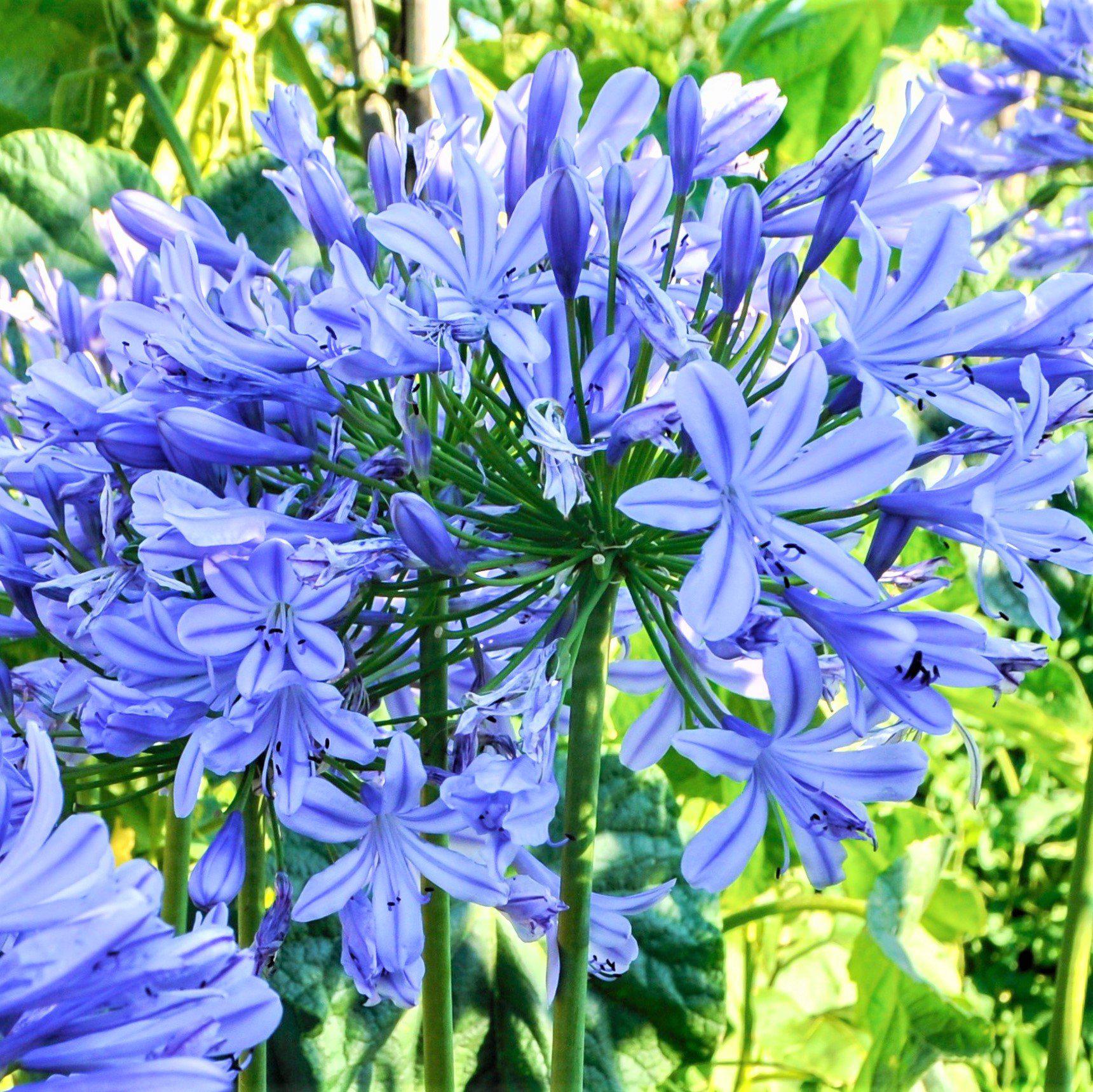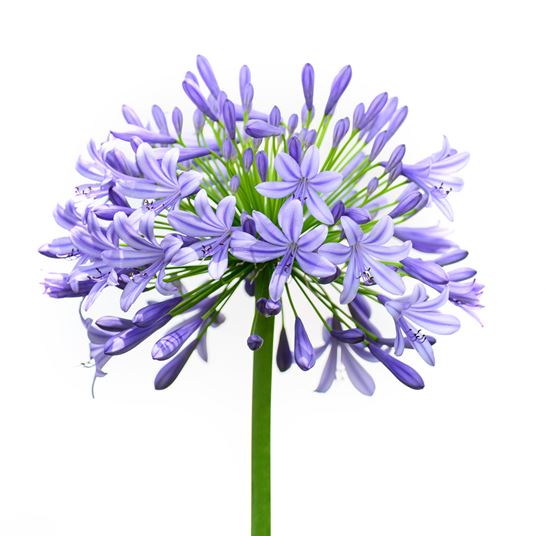Agapanthus Friend Plant Kingdoms: Perfect Pairings for Your Garden
Agapanthus Friend Plant Kingdoms: Perfect Pairings for Your Garden
Blog Article
Mastering the Art of Agapanthus Care: Necessary Steps for Healthy Growth and Dynamic Blossoms
In the realm of horticulture, the growing of agapanthus stands as a fulfilling undertaking for those who look for to support these classy flowering plants. With their striking flowers and stylish foliage, agapanthus has actually captured the focus of gardeners worldwide. However, attaining optimum development and vibrant blossoms needs a nuanced technique that includes various important actions. From choosing the best variety to grasping trimming strategies, the journey towards growing flourishing agapanthus plants is complex and holds the essential to unlocking the complete capacity of these organic gems.

Selecting the Right Agapanthus Selection

When choosing the best Agapanthus range for your yard, consider aspects such as environment suitability, blossom shade, and growth routine. Additionally, consider the climate in your area to make certain the Agapanthus variety you pick can flourish in your specific problems. Understanding the development practice of different Agapanthus selections is crucial for correct placement within your yard.
Suitable Growing Problems
Considering the ideal ecological requirements is crucial for successful Agapanthus cultivation. Agapanthus plants are sensitive to chilly temperature levels and ought to be secured from frost throughout wintertime months.
To make sure healthy and balanced growth and dynamic flowers, plant Agapanthus light bulbs at a deepness of concerning 2-4 inches and room them 8-12 inches apart. Mulching around the base of the plants aids retain dampness and suppresses weed growth.
Watering and Fertilizing Tips
Preserving correct moisture levels and giving essential nutrients are vital elements in the treatment program for Agapanthus plants. When it comes to sprinkling Agapanthus, it is critical to strike a balance. These plants prefer consistently damp soil but are at risk to root rot if overwatered.
Feeding Agapanthus is important for promoting healthy development and respected blossoms. Apply a well balanced fertilizer, such as a 10-10-10 formula, in the very early springtime as brand-new growth arises. Repeat this application every 6-8 weeks throughout the expanding period. Avoid too much fertilization, as it can lead to rich foliage at advice the cost of flowers. Always adhere to the supplier's guidelines for proper dilution and application methods. By adhering to these watering and fertilizing ideas, you can guarantee your Agapanthus plants grow and generate vivid, long-lasting blooms.
Pruning Techniques for Agapanthus
Pruning Agapanthus plants at the proper times and with appropriate strategies is critical for preserving their health and wellness and promoting optimum development and flowering. The excellent time to trim Agapanthus is in late wintertime or early spring prior to new growth arises. Begin by removing any yellowing or dead leaves near the base of the plant. Cut them as close to the ground as feasible without damaging the arising shoots.
Deadheading invested flowers can additionally redirect the plant's energy into generating even more blooms rather than establishing seeds. If you desire to collect seeds for propagation, leave some blossoms to fully grown and completely dry on the plant.
Remember to utilize clean, sharp devices to make precise cuts and lower the threat of introducing conditions. Agapanthus. Regular trimming will assist maintain your Agapanthus looking healthy and balanced and neat while ensuring an abundant display screen of attractive blossoms
Handling Common Bugs and Conditions
After ensuring proper pruning strategies for Agapanthus, it is essential to resolve typical insects and conditions that can impact the health and vitality of these plants. One common parasite that affects Agapanthus is the Agapanthus gall midge.
Additionally, Agapanthus plants can endure from root rot if they are planted in improperly draining pipes soil. By being attentive and taking timely activity against their explanation conditions and here bugs, you can help your Agapanthus plants flourish and generate vibrant blossoms. Agapanthus.

Verdict
In verdict, grasping the art of agapanthus care entails selecting the ideal variety, supplying optimal planting conditions, appropriate watering and feeding, suitable pruning strategies, and addressing common insects and diseases. By following these important actions, you can make certain healthy and balanced development and vibrant blossoms for your agapanthus plants. Bear in mind to routinely keep track of and maintain your plants to advertise their overall well-being and longevity.
To make certain healthy and balanced growth and vivid blossoms, plant Agapanthus light bulbs at a depth of about 2-4 inches and room them 8-12 inches apart. By complying with these watering and fertilizing tips, you can guarantee your Agapanthus plants prosper and create dynamic, lasting blooms.
One usual bug that affects Agapanthus is the Agapanthus gall midget. In addition, Agapanthus plants can experience from root rot if they are grown in poorly draining pipes dirt. By following these vital steps, you can make sure healthy and balanced growth and vibrant blooms for your agapanthus plants.
Report this page